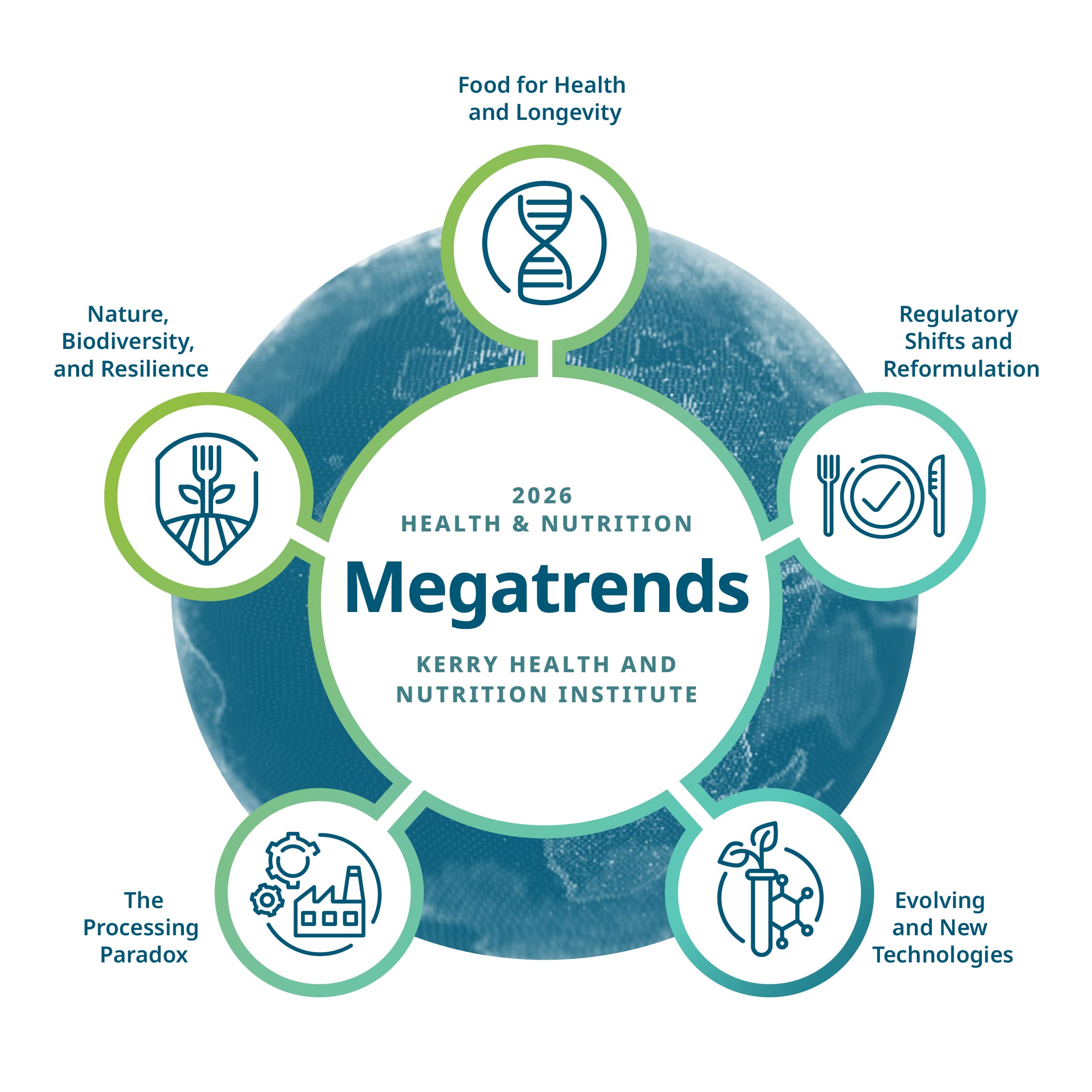Health Statistics & Trends
-
Diabetes
- All nations rich and poor are suffering from the impact of the diabetes epidemic
- 80% of people with diabetes live in low and middle income countries
- Currently 382 million people have diabetes and by 2035 this will rise to 592 million
- The number of people with type 2 diabetes is increasing in every country
- In 2013, diabetes caused 5.1 million deaths, which is one every 6 seconds
Swipe left and right to see more charts
Key: AFR: Africa; AMER: Americas; EM: Eastern Mediterranean; EUR: Europe; SEA: South-Eastern Asia; WP: Western PacificInternational Diabetes Federation - IDF Diabetes Atlas 6th edition
-
Non-Communicable Diseases (NCD) Deaths
- Deaths by non-communicable diseases such as cancer, heart disease and diabetes are the leading cause of mortality globally. In 2012, 38 million out of 56 million deaths (68%) were caused by NCDs
- Annual NCD deaths are projected to rise to 52 million by 2030, whereas annual infectious disease deaths are projected to decline by around 7 million over the next 20 years
- NCDs already disproportionately affect low to middle income countries where nearly 75% (28 million) of all NDC deaths occur
Key: AFR: Africa; AMER: Americas; EM: Eastern Mediterranean; EUR: Europe; SEA: South-Eastern Asia; WP: Western PacificWorld Health Organization
-
Overweight Prevalence
- In 2008, 35% of adults >20 years were overweight or obese
- The worldwide prevalence of obesity nearly doubled between 1980 and 2008
- In 2008, 10% of males and 14% of females were obese. That equates to half a billion adults worldwide that are obese
- The prevalence of overweight and obesity is highest in the Americas, where 62% of adults are overweight and 26% are obese. It is lowest in South East Asia, where 14% are overweight and 3% are obese
- The prevalence of overweight in high or upper middle income countries is more than double that in low income countries. When looking at obesity levels the difference triples
Key: AFR: Africa; AMER: Americas; EM: Eastern Mediterranean; EUR: Europe; SEA: South-Eastern Asia; WP: Western PacificWorld Health Organization
-
Undernutrition
- The latest estimates from the Food and Agriculture Organisation of the United States (FAO) are that approximately 805 million people were chronically undernourished in 2012–14, down more than 100 million over the last decade, and 209 million lower than in 1990–92
- In the same period, the prevalence of undernourishment has fallen from 18.7% to 11.3% globally and from 23.4% to 13.5% for developing countries
- Southern Asia has both the highest numbers and regional share of undernourished people of all developing regions at 276 million and 34% respectively between 2012 and 2014
- Sub Saharan Africa is second in line with a regional share of 27%. While the actual numbers for undernourished people has decreased in this region since 1992, the regional share has increased, meaning the prevalence of undernourishment has increased
Swipe left and right to see more charts
Food and Agriculture Organization - United Nations -
Ageing Demographics
- Populations around the world are rapidly getting older. Sometime between now and 2020 (probably in 2018), there will be a historic reversal in the global population pyramid that will see the proportion of people aged 65 or over exceed the proportion of children aged four or less
- Although the ageing trend started in the developed markets (Japan currently has the world’s oldest population), it has become a global phenomenon. Developing countries are still much younger than their developed counterparts, but they are ageing far more rapidly
- Seniors (those aged 65 and over) are growing dramatically, while the number of consumers under the age of 65 (i.e. the potential support ratio) is shrinking
- In some countries, people aged 65 or more are growing at twice the rate of the overall population
- In 1950 one out of every twelve people in the world was at least 60 years old and one in every twenty was at least 65 years old
Swipe left and right to see more charts
Key: EAP: East Asia and Pacific; ECA: Europe and Centeral Asia; LAC: Latin American Countries; MENA: Middle East and North Africa; SA: South Australia; SSA: Sub-Saharan Africa;The World Bank - World Development Indicators 2014




